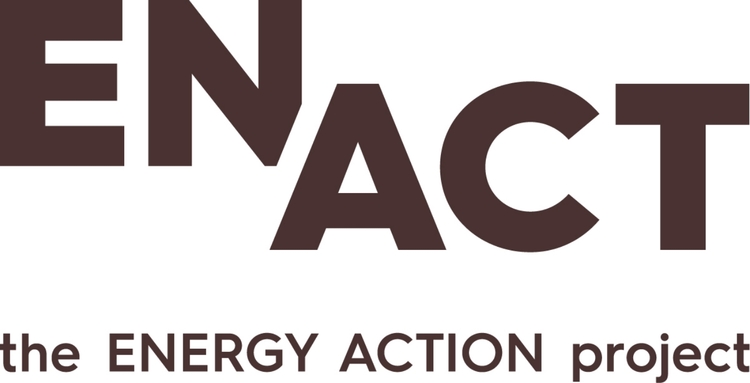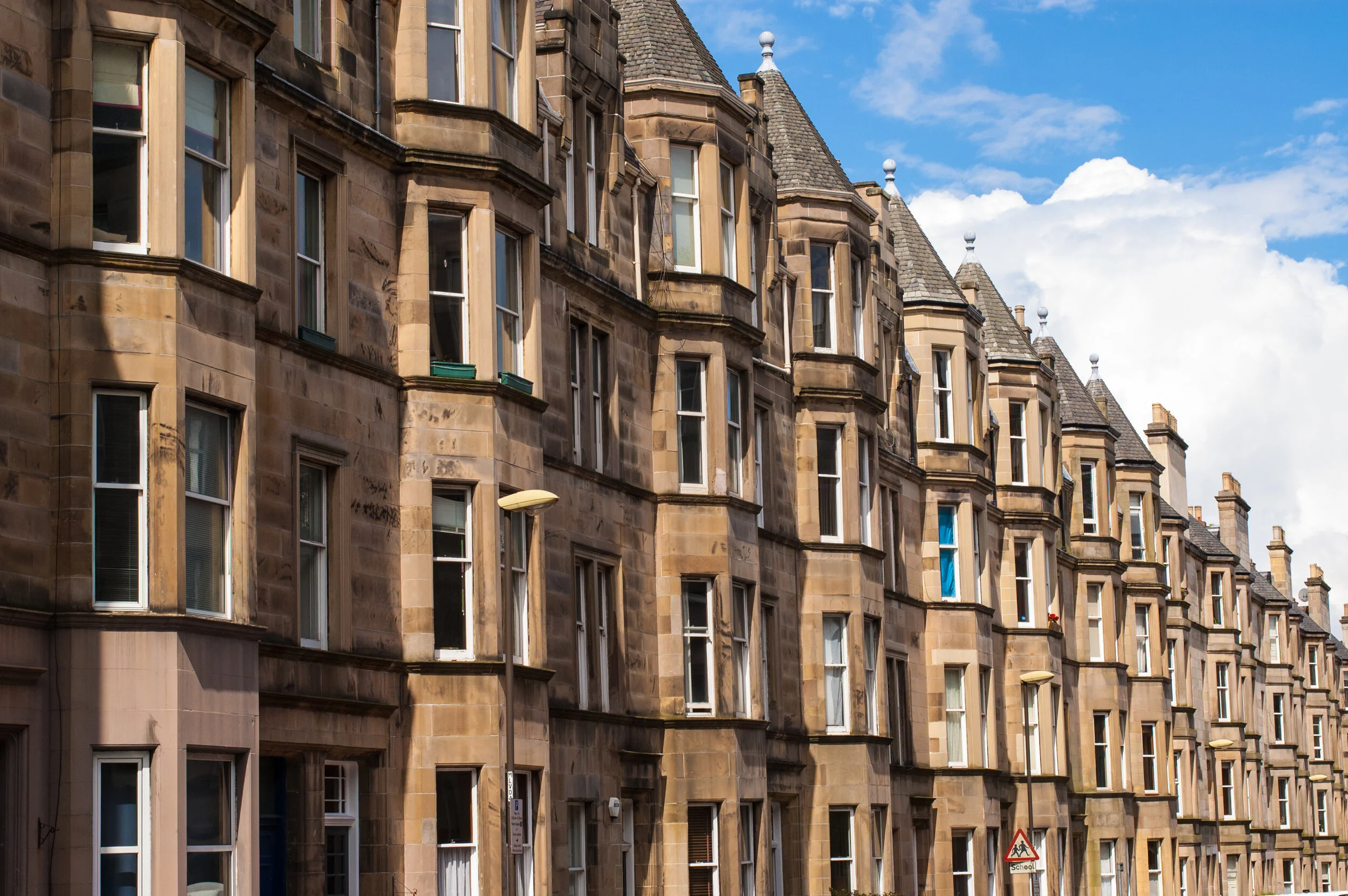One staggering statistic stands out in relation to high rates of energy poverty in Scotland – and a wider range of people affected. Between 2003 and 2013, energy prices increased at a rate six times that of household incomes.[1] While not the only factor, rising energy costs are most certainly linked to a shifting profile of energy poverty. It is evident in higher use, including by young families, of food banks and people turning to public spaces for a place to stay warm. For elderly people, being unable to afford sufficient energy can be linked to excess winter deaths.
In the current economic context, younger households are more likely to be in fixed-term and minimum-wage positions – or seeking state protection through benefits – meaning they have less financial security that past generations did at their age. In fact, the EAS notes that energy poverty has declined somewhat within older generations, who are less affected by inflation.
At food banks, the severity of the situation is evident in changing demand. Requests for cold packs – i.e. food that does not require heating – are surging, suggesting that people want to avoid the expense of using cookers. Some people even report that they avoid boiling the kettle for tea.
“Putting food on the table, getting your kids to school, paying your bills… it’s all the more difficult when you have nothing in reserve,” says Norman Kerr OBE, Director of Energy Action Scotland (EAS). “I don’t think we’ll see for a number of years the effects of a vulnerable household diet like this, and the issue of not having a hot meal on the table.”
Until the COVID-19 pandemic forced people to stay home, use of public spaces as a social hub was up for both for young and older generations in parts of Scotland. Whether simply looking to stay warm or shameful of their living conditions, the underlying premise was similar, says Kerr. By meeting in public places, “They don’t need to heat their home; they don’t need to light their home.”
The EAS suggests setting 18°C as a minimum standard for home heating; continually living in temperatures below 15°C degrees can have many consequences.
In fact, across the UK, one-third of all excess winter deaths are linked to living in a cold, dark home and/or being in energy poverty. In Scotland, an average of 2 000 to 2 500 excess death occur every winter
“The majority of these deaths are not hypothermic: cases of heart attacks, strokes and bronchial infections are often linked to living lower temperatures,” says Kerr.
Most problematic is that many rural families are in a Catch-22. Unable to afford a newer home or to carry out upgrades on old ones, they remain susceptible to the volatility of the energy supply market.
Numerous health and social challenges hit those living in energy poverty. Photo: Richard Johnson
Policy shift offers new hope
“Until recently, Scotland had been using a definition [of energy poverty] that had been around since the 1980s,” says Kerr.
As such, the 2002 Scottish Fuel policy statement neglected changing social factors, such as a rising retirement age and a turbulent financial landscape. Critics suggest that failure to meet the target of eradicating energy poverty by 2016 comes down to two shortcomings of the previous energy bill:
Unattainability: getting to zero by 2016 was too ambitious; the government had grossly underestimated the complexity of the challenge.
Low understanding of the true causes and symptoms of energy poverty made the policy largely irrelevant.
Additionally, over the past 10-15 years, the government strategy prioritised theoretical carbon savings over actually reducing expenses for households. Its aim to ‘touch’ as many houses as possible also meant the available budget was spread very thin: shallow renovations across a large number of homes delivered relatively low returns – for people and for the policy aims.
The 2019 Scottish Fuel Poverty bill sets a more realistic target: by 2040, it aims to reduce the overall rate to just 5% with only 1% facing extreme situations.[2] Thanks to interventions by EAS and others, it better reflects reality – including the need to build better houses.
“We’ve worked very hard with the Scottish government so that new homes being built today will use 20% less energy than a home built in the 1980s,” says Kerr.
But with 80% of the existing Scottish housing stock predicted to be in use by 2050, upgrading old homes to higher standards is the only way to truly tackle energy poverty. Advocates are keen to find a more effective policy approach.
By 2050, 80% of Scotland’s current housing stock will still be in use. Photo: Drimafilm
“The Republic of Ireland is doing some really brilliant, innovative thinking around this,” says Kerr. “They spend somewhere in the region of €30 000 to €40 000 on a house, but only go once. They insulate a home to the highest standard that they can (including adaptations or repairs to the heating) and walk away from that house forever. Whereas we’ve been back to houses three or four times to do yet another small measures.”
This, says Kerr, remains a sticking point in the new Scottish policy, which sets the maximum spend for increasing household efficiency in Scotland at a significantly lower £8,000 [€8,896], with the average being much less than that. Resulting in a process that prioritises the least cost improvements for achieving the biggest return on carbon saving. Additionally, progress will be measured by the number of interactions, rather than how many households have been lifted out of energy poverty. The risk remains of doing shallow interventions across a large number of houses, with less impact than an approach that truly brings the worst home up to current standards.
Failure to pursue deeper, more impactful, energy efficiency renovations is damaging for homeowners. “Does it actually reduce their energy bill?” says Kerr.
Connecting health costs to energy poverty has also been an effective means of raising awareness of underlying causes and impacts.
“We’ve been working with colleagues in health so that they recognise the signs of why someone has been sent to hospital with a broken hip, been repaired and sent back home to the very house that caused the issue in the first place,” says Kerr.
The Scottish government recently announced its aim to enact radical change to reach carbon neutrality by 2045 (five years before the rest of the UK). The EAS would argue that strategic action to improve the efficiency of the country’s worst-performing homes can have a very high impact on reducing energy demand and greenhouse gas emissions. In short, it makes sense to prioritise deep renovation of the homes that push people into energy poverty.





